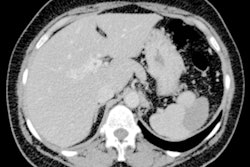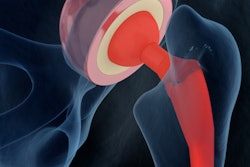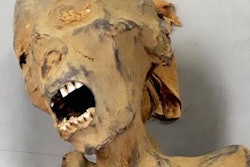Dear CT Insider,
Identifying and diagnosing hepatic pseudolesions on CT is essential because they often look very similar to primary tumors and metastases of the liver, so it's no surprise that new work in this area from Romania attracted the interest of the ECR 2020 e-poster judging panel.
The quality of the award-winning exhibit from Bucharest researchers also highlights how fast the nation's radiologists are developing. Don't miss our write-up of the story in today's news report.
Can CT accurately determine the cause of death of an ancient mummified woman? Top Egyptian researchers addressed this question in a study conducted in Cairo in March 2020, and their findings have already led to a lively exchange of views. You can read our article and see Dr. Sahar Saleem's stunning collection of images of the "screaming woman" mummy in the CT Community.
Meanwhile, Swiss investigators have developed two machine-learning algorithms that analyze radiomics features of clots shown on pretreatment noncontrast-enhanced CT scans of stroke patients. They think this might give a major boost to personalized endovascular patient management.
Dr. Elizabeth Dick, consultant radiologist at London's Imperial College NHS Trust, is a world expert on trauma imaging, and she gave an outstanding lecture at ECR 2020 about the use of CT in mass casualty incidents.
Another recent posting worth a read is about the potential value of a so-called triple test strategy that combines CT imaging and lab work in boosting the detection of adrenal cancer. This technique can help to reduce costs and time to surgery for patients, according to a pan-European study.
This newsletter highlights only a few of the many articles posted over the past month or so in the CT Community. For the full list, check out the lineup below.




















